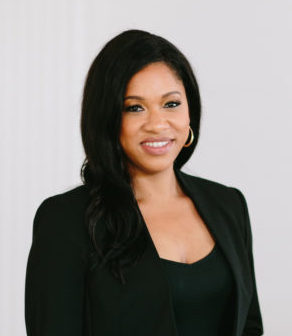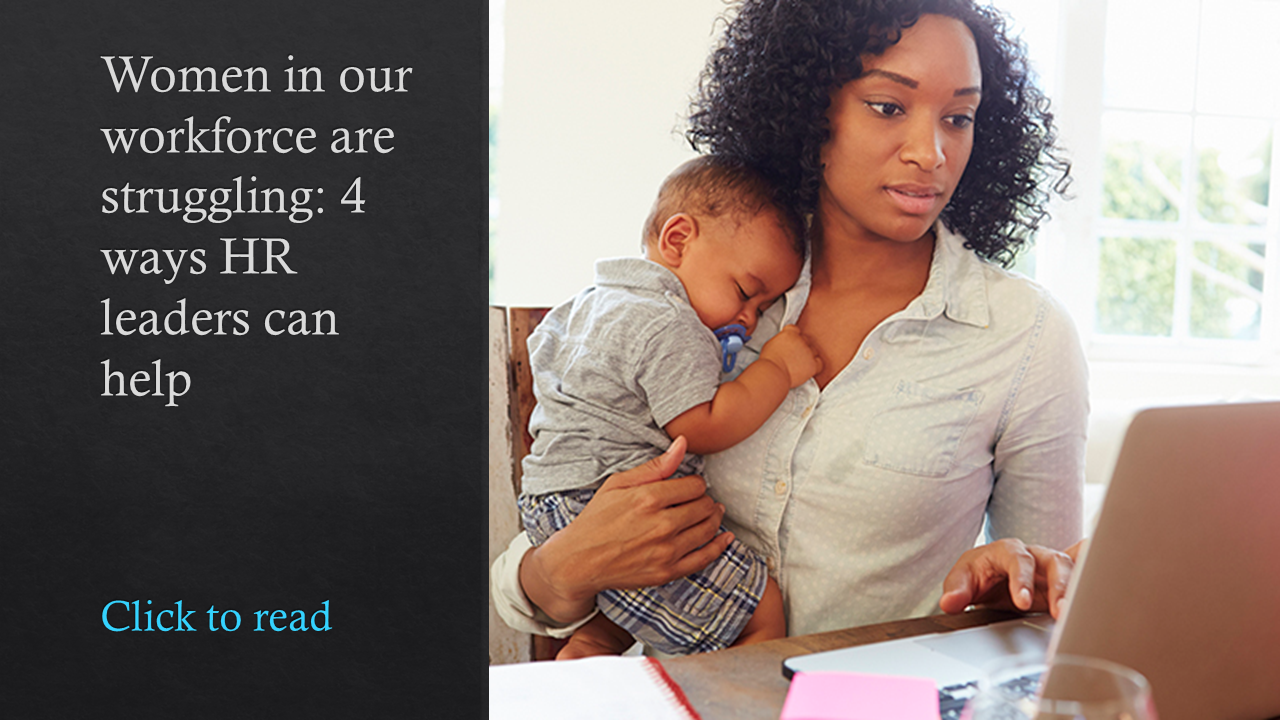International Women’s Day is usually a time for the celebration of advancements toward gender equity and an opportunity to redouble such efforts. This year, its message is taking on more urgency than ever.
Untenable childcare situations driven by the pandemic, coupled with factors like unequal pay and lack of leadership opportunities, are fueling startling statistics, such as women dropping out of the workforce at four times the rate of men and even accounting for a full 100% of job exits at the end of 2020. Employers are trying to stem that tide by beefing up benefits and doubling down on culture, while others are looking to leverage technology to hang onto their female talent.
Hear more about how technology is being tapped to confront this growing crisis at next week’s Spring HR Tech. (Register here for the free, virtual event.) Until then, here are a few opportunities to consider:
Diversity, equity, inclusion
Kanarys, a platform that aims to drive more inclusive and equitable work cultures, derives its name from an unusual source: canaries that were released into coal mines to detect if the environment was safe and healthy for humans. The company’s mission is similar, says Star Carter, co-founder, COO and general counsel of Kanrys.
“With our platform, we are doing the same thing by diagnosing if a workplace is healthy for employees,” Carter says.
Kanarys partners with employers to provide them a holistic view of diversity, equity and inclusion efforts with audits, assessments, data-driven strategies and policies informed by benchmarking–all supported by artificial intelligence, machine learning and natural language processing–encompassing everything from benefits to culture. Employees are also able to use Kanarys to anonymously rate and report DEI issues.
In recent months, Carter says, the company has been encouraging employers to think through real-time issues like women leaving the workforce amid the pandemic–so that they can proactively tackle the issue instead of instituting reactive measures.
“This is specifically helpful for retaining women and all employees by uncovering their lived experiences and the issues they’re facing,” she says. “Every employee wants to feel like they belong and are included, and by identifying the problem areas and how to best solve them, companies can better support their employees, including working parents.”
While companies may be looking to enhance their DEI strategies to retain their female talent, there is no one-size-fits-all DEI approach, Carter says, noting a deeper commitment to an inclusive environment for women takes a multi-faceted and intentional strategy.
Data should be at the heart of such strategies.
“Data doesn’t lie,” she says. “Measurement is critical to making progress towards creating a healthy workplace–where employees, especially women who may be returning to the workforce, can bring their full selves to work–and cultivating an environment where employees want to stay.”
Workforce analytics
Lexy Martin, head of research at workforce analytics company Visier, agrees that any DEI improvement project must be data-driven. People analytics, she says, can highlight unconscious bias embedded in employee lifecycle processes. For instance, are enough women in the talent pipeline? Where are they dropping out of the talent acquisition process? Are comparable opportunities for development, promotions and succession planning being offered to employees of all genders? Is gender a factor in pay and compensation practices?
Visier People, she notes, uses cohort analysis to identify groups of women who stay based on tenure criteria, managers and work history–so that this can be emulated elsewhere.
“Organizations can track women who started at the same time in the same role, who ended up leaving and compare them on whatever aspects of their work history were the same or different up to the point they left,” she adds. “This analysis helps determine what makes up the difference between two groups.”
Organizational network analysis can also shine a light on gender differences, allowing employers to assess network size and the proportion of senior and cross-hierarchy relationships–highlighting opportunities to supplement with mentoring and development.
“Network insights,” Martin says, “can provide a quantified view of network behavior and nudges employees need to consciously develop the right networks for career progression.”
Risk management
As businesses sought to keep up with the rapid changes over the last year, many HR leaders had to react quickly–making decisions informed by their own manual searches for COVID-related updates.
Dataminr wants to change that.
Powered by AI, Dataminr’s business platform provides organizations with real-time alerts of high-impact events and potential risks–some of which could further strap their workforces and influence turnover. The approach can transform reactive people strategies into proactive ones, says Whitney Benner, chief people officer at Dataminr.
“Thanks to our real-time alerts at the onset of the initial global spread [of coronavirus], many of our customers’ HR teams were able to react proactively by redesigning their operations and/or shifting their teams to working entirely from home ahead of the wave of quarantine mandates,” she says. HR leaders were also able to quickly collaborate with essential functions like IT and operations to make better-informed decisions about remote work–from cybersecurity to public safety to mental health impacts.
While vaccines are being rolled out, the pandemic continues to persist so employers need to stay on top of the latest risks to their workforce–new industry standards, public health mandates, culture shifts that could impact brand equity–so they can make critical decisions with confidence, Benner says.
“Real-time information will help any organization adjust and plan for the future and support employees’ wellbeing for the short and long term,” she says.
See also: How HR can be the €˜catalyst for change’ on DEI
Talent management
Caitlin MacGregor knows the pressures of being a working mother during the pandemic firsthand, as she’s juggling two kids at home with her responsibilities as CEO of Plum, a talent management platform provider. She also recognizes how being in the right job can ease some of those pressures, an idea that is at the heart of Plum’s Talent Resilience Platform.
Backed by industrial/organization psychology, the tool helps employers hire, develop and deploy talent into the right roles, mapping the skills and behaviors of the entire workforce to better align talent with organizational needs. It can be applied to a range of functions–from talent acquisition to workforce planning to employee development–with the ultimate goal of ensuring employees are in jobs that align with their talents.
“When someone is in a role that plays to their strengths, they are energized by their work,” she says. “On the flip side, when someone is working in a role that drains them, it becomes nearly impossible to keep at it when they’re facing the demands of caregiving and added pressures at home, especially in this pandemic.”
The platform enables employees themselves to learn about their talents and ultimately pursue opportunities that support them, while also allowing employers to see where workers are most likely to thrive, “which is game-changing for keeping women in the workforce,” MacGregor says.
Particularly for large organizations, it’s often difficult to get an accurate picture of what drives employees and what they need–a challenge made even more difficult by remote and hybrid work. While some employers rely on AI-driven solutions to identify right-fit candidates and potential high performers, those tools often use formulas that involve past job titles and educational backgrounds, a recipe for bias, she notes.
“There is a huge opportunity for companies to use technology to reduce bias when making talent decisions, and to really get to know their people so that they can set them up for success,” she says.







